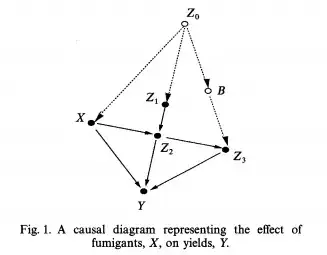Quote Wikipedia: Applications of graphical models include ... gene finding and diagnosis of diseases...
Unfortunately there is no comment what are these applications... Can one comment on this ?
Background
A graphical models is a probabilistic model for which a graph denotes the conditional independence structure between random variables.
The so-called belief propagation is an algorithm for calculations of various probabilities in graphical models. It is used for decoding of error-correcting codes, calculations of free-energy for Ising type model etc. See e.g. the answer to this question: Correlation-Function for Random Graph Ising Model
